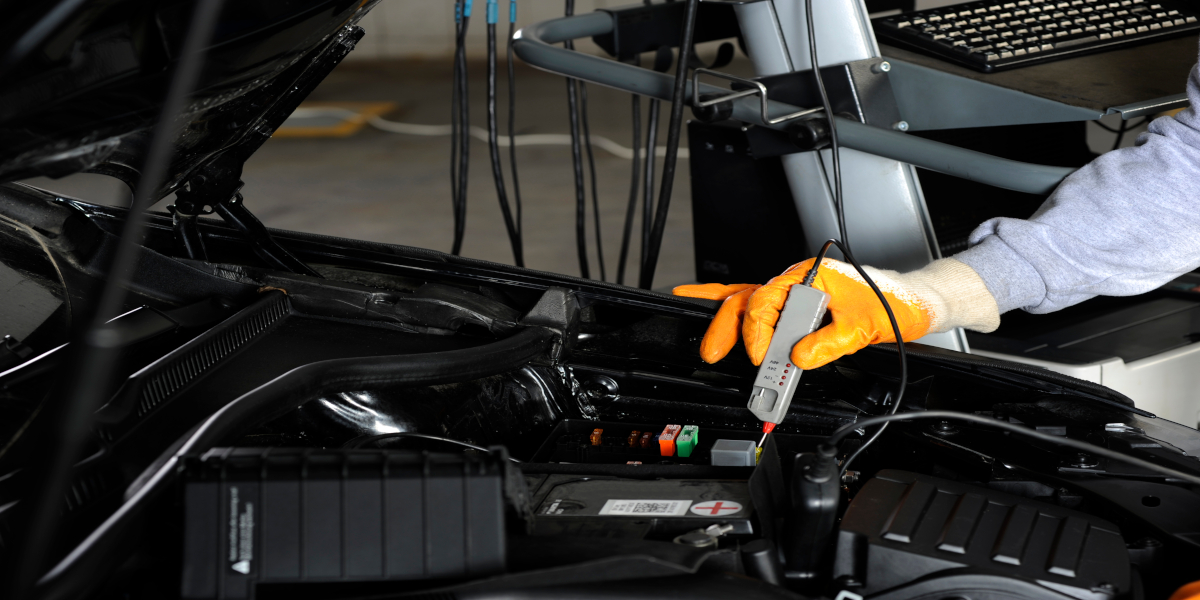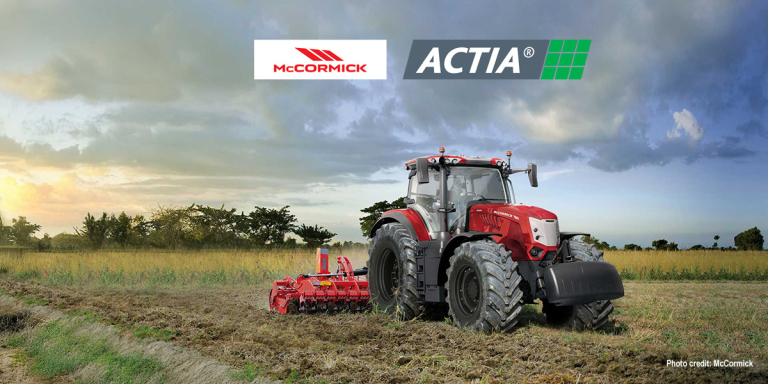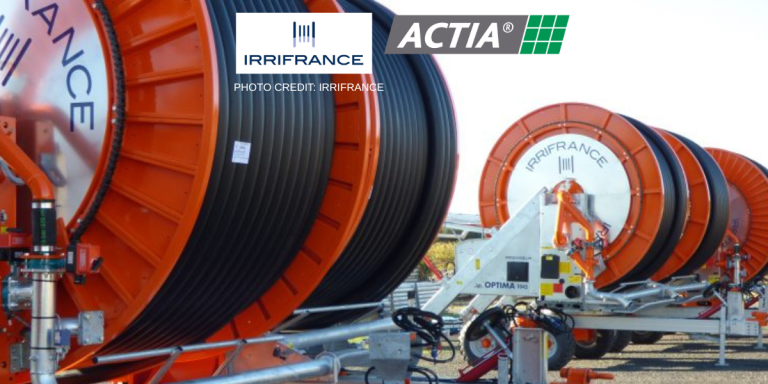With the arrival of more and more electric vehicles on the road, the automotive business is undergoing a profound transformation. From breakdown mechanics to car insurance experts – and not forgetting garage mechanics, of course -, an entire industry needs to be trained in how to deal with hybrid and electric vehicles. Although these vehicles are not yet old enough to require workshop maintenance, their bodywork may need repairing from day one. So car body mechanics are the first to experience the shift in activity, and they need to know how to repair hybrid and electric vehicles right now. The rest of the profession is poised to follow.
So let’s see what the obligations of mechanics are and the conditions in which they perform work on these vehicles. And how does ACTIA’s Multi-Diag help them carry out their new tasks?
Obtain electrical certification in order to repair hybrid and electric vehicles.
Receive mandatory training
According to French Decree No. 2010-1118 of 22 September 2010 concerning operations on or near electrical installations, certifications and the renewal of electrical certifications are required for professionals who work on electric vehicles or electric-vehicle batteries (EVBs). To ensure the safest possible working conditions, these certifications are mandatory when performing repair and maintenance operations on hybrid and electric vehicles. The certifications are obtained by completing a training course offered by specialised, certified organisations.
Who is concerned?
The mandatory electrical certification for hybrid and electric vehicles applies to all personnel who are required to work on or near exposed live parts. It has different levels that depend on:
the type of work to be carried out on the electric vehicle and the voltage level of the surrounding environment.
The electrical certification level is different depending on the tasks and skills of the professional, and the role he or she performs: work supervisor, operator or lockout/tagout supervisor. Those tasks include: inspection and testing of vehicles during the design phase, expert assessments and of course maintenance and repair… The obligation concerns vehicles with a power rating of 60 Vdc, or. around 180Ah.
Content of the training course
The B1VL-B2VL hybrid and electric vehicle electrical certification training course teaches learners how to:
- – implement the safety requirements of the NF C18-550 standard when performing electrical operations on vehicles or machinery with an on-board power source ;
- – apply the NF C18-550 standard when carrying out work or tests on vehicles or machinery with an on-board power source >180Ah or V>60VDC/25VAC ;
– adopt the right behaviour in the event of an accident involving electricity or fire ; - – perform electrical work on vehicles/machinery in a safe manner ;
- – understand the architecture of combustion, electric and hybrid vehicles/equipment, etc.
- Training courses usually last between 1 and 3 days
Perform a lockout/tagout procedure on a vehicle
There are three ways of shutting off power to an electric vehicle:
Any operation carried out within a 30-centimetre radius of the high-voltage wiring used in electric vehicles requires a safety procedure and lockout/tagout before the start of work. The aim is to remove the electrical risk by turning off the power source(s).
・Lockout/tagout makes some of the electrical equipment safe beyond doubt by identifying, separating and isolating the equipment and checking for the absence of voltage;
・Switching the power off: makes some of the electrical equipment safe (degraded lockout/tagout procedure if the vehicle has been involved in an accident and the last, or last two, stages of the lockout/tagout procedure cannot be performed);
・Making the vehicle safe means installing isolation devices on live parts if the condition of the vehicle does not allow the power to be switched off. For example, in the case of a vehicle that has been involved in a major accident, the specialist would not have access to the separation devices.
Performing a lockout/tagout procedure on an electric vehicle
To sum up the law: all mechanics capable of repairing an electric vehicle must have a “lockout/tagout – power-off certificate”.
The following steps must be followed:
- – Make the work area safe.
- – Turn the engine off and let the computers go into standby mode. Isolate the ignition key to prevent any unwanted startup of the vehicle
- – Check the PPE (personal protective equipment) and put on the right gear. Among other things, mechanics must remove any metal objects such as watches, and wear overalls, a visor and insulated gloves suitable for voltages of up to 1,000 volts.
- – Disconnect the battery and disconnect the shunt (large fuse related to the load that enables current to pass from one point to another in an electric circuit). The latter is padlocked and left in a safe place
- – Finally, perform a voltage absence test.
- This can take 10 to 20 minutes depending on the vehicle.
- Reverse lockout/tagout of the vehicle, i.e. re-energising the car, requires mechanics to carry out the same steps in reverse order.
Let Multi-Diag guide you to repair hybrid and electric vehicles
40 models of hybrid and electric vehicles managed by Multi-Diag
Considering the very high safety standards required for any work involving electric vehicles, Multi-Diag emits a health and safety message before any action – at the start of every diagnostic test. It reminds mechanics that they have to be trained and have specific certification depending on the type of task to be performed.

Multi-Diag covers all hybrid and electric vehicles on the market, i.e. 40 models.
ACTIA’s multi-make tool provides complete coverage of hybrid and electric vehicles. Mechanics can therefore repair all existing makes and models in their workshop without being caught off guard.
Multi-Diag guided method: essential for repairing hybrid and electric vehicles
With ACTIA’s diagnostic and repair tool, mechanics can run a complete diagnostic test on hybrid and electric vehicles. Multi-Diag offers a filter by engine type: combustion, electric or hybrid. The mechanic therefore quickly identifies the engine in question. Their task is made much easier by the fact the tool is so easy to navigate.
For example, shortcuts quickly open the relevant functions. In addition, the features of Multi-Diag are regularly updated: make, models, functions, etc.
Multi-Diag integrates guided repair procedures on a set of computers and parameters specific to hybrid electric vehicles. This includes the possibility for mechanics to access, in just a few clicks, all of the vehicle’s EVB computers.
Technical documentation for electric vehicles
Multi-Diag’s 360° services, including the guided method and technical documentation, provide essential insights for understanding the way these vehicles work. The set of documentation provides access to the technical drawings of all the essential parts of an electric vehicle. Multi-Diag provides support to mechanics for the lockout/tagout procedure described above, as well as for the various tests to be performed on the vehicle. This set of information sheets constitutes valuable support for professionals in their overall understanding of these vehicles and in their day-to-day work.
Did you know?
ACTIA has expertise in vehicle electrification. The group’s offer focuses on these four main components of electric vehicles:
- – Battery pack ;
- – Electric converter ;
- – Electric motor ;
- – Electronic systems (BMS, PCM, etc.).
Find out more: Actia electromobility
Develop your business expertise
By using Multi-Diag, mechanics acquire new skills. Crucially, they learn how to work in a new context requiring safety measures they were not previously familiar with. Strict procedures are applied.
Mechanics learn how to work on electric vehicle batteries. They learn how to repair and replace a battery as well as how to handle the waste generated by these repairs. In addition, in order to build customer loyalty, they must be able to provide advice on how to achieve optimum use of the battery.
- For example:
- – Do not over-multiply operating cycles,
- – Avoid battery overload (too intense or too fast),
- – Never expose the battery to heat,
- – Adopt a smooth driving style.
Key points:
- – It is mandatory for mechanics to be trained in how to handle hybrid and electric vehicles.
– They must have the appropriate certification for the task to be carried out.
– They must perform a lockout/tagout procedure on the vehicle before starting any work.
– Multi-Diag covers all the hybrid and electric vehicles in circulation.
– The Multi-Diag method guides mechanics through the steps to be carried out. - – Mechanics have access to all the technical documentation for the vehicle’s main electrical components.
– They reinforce their professional expertise.
– They build customer loyalty.






